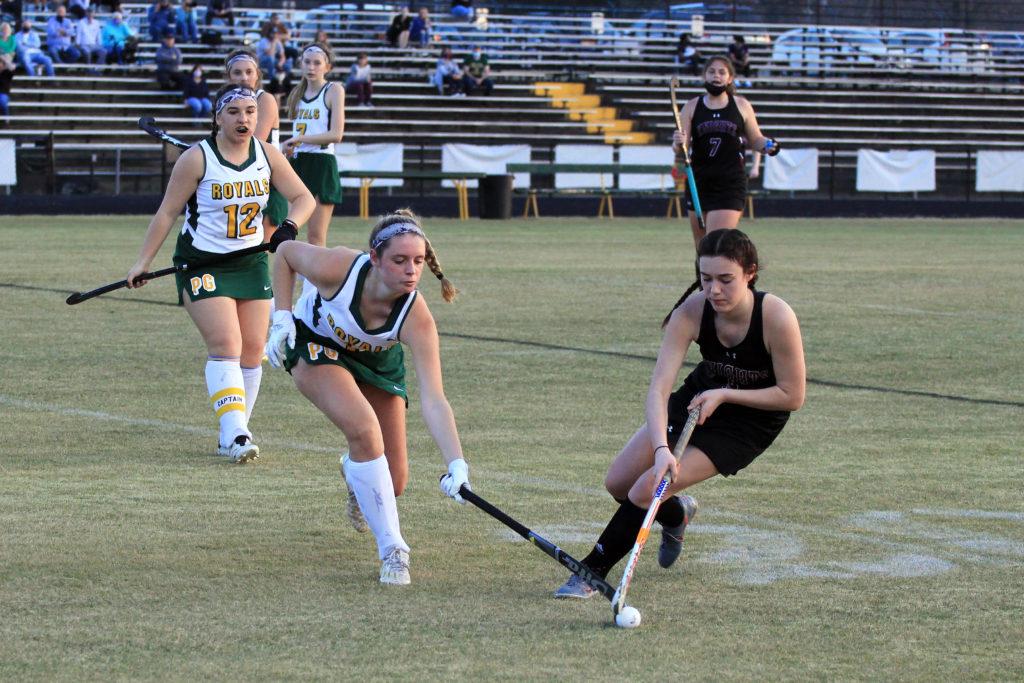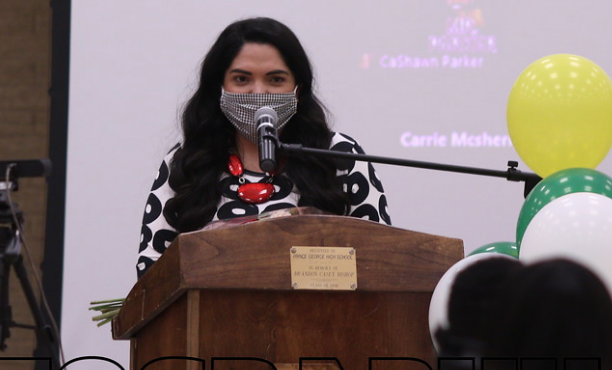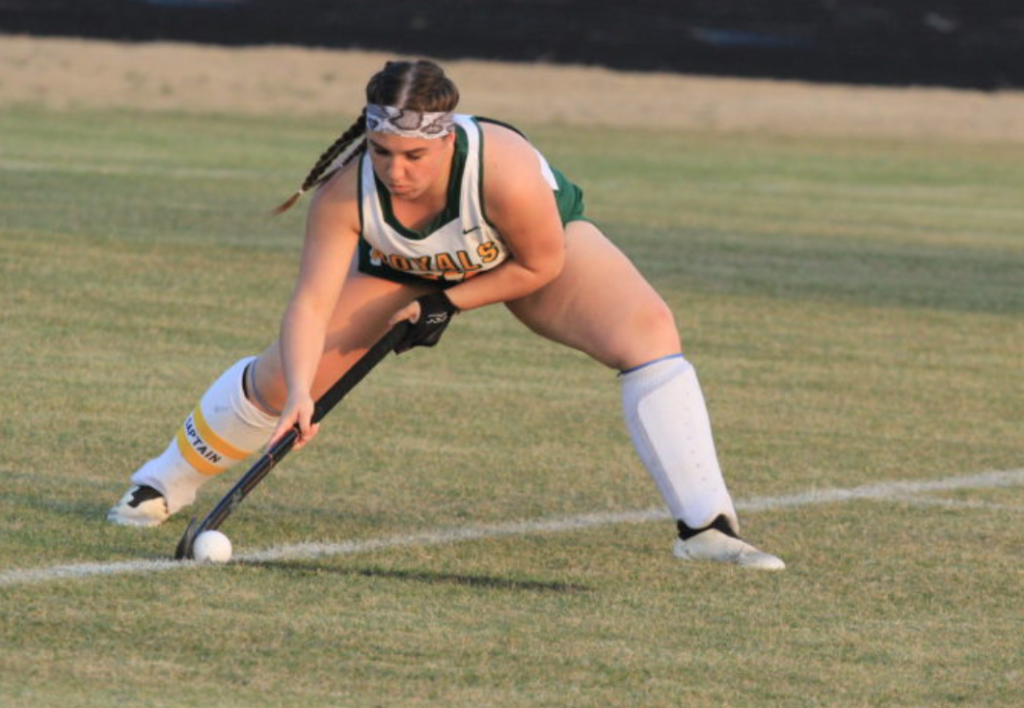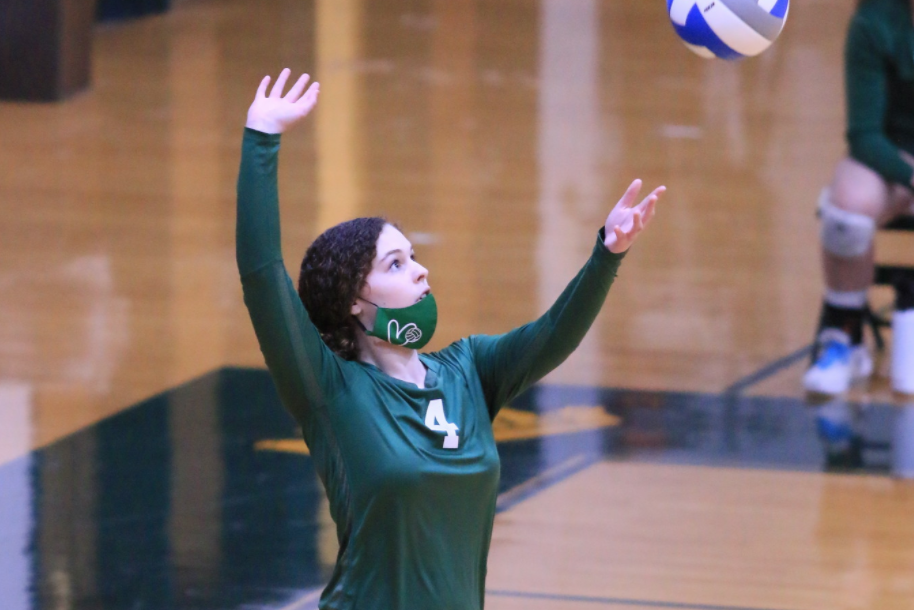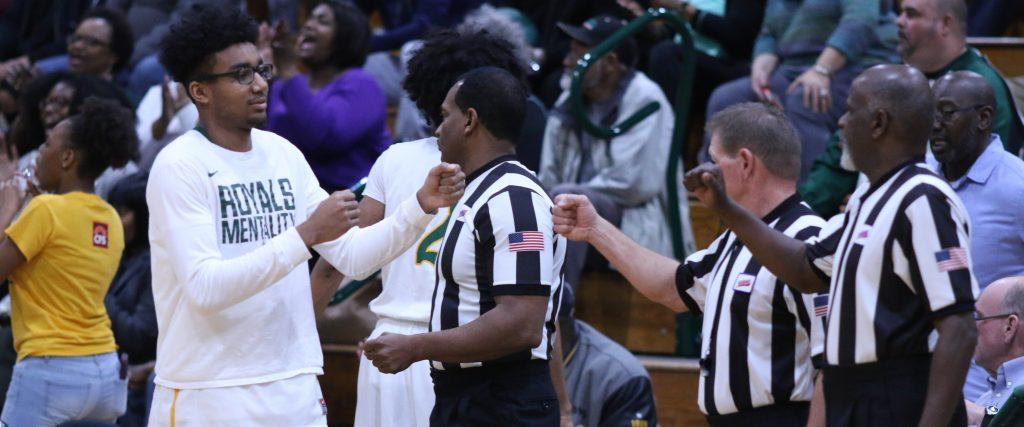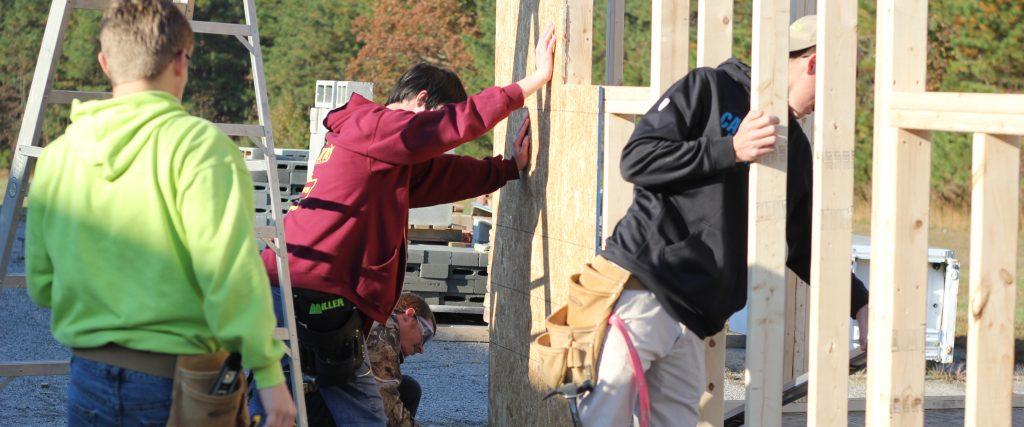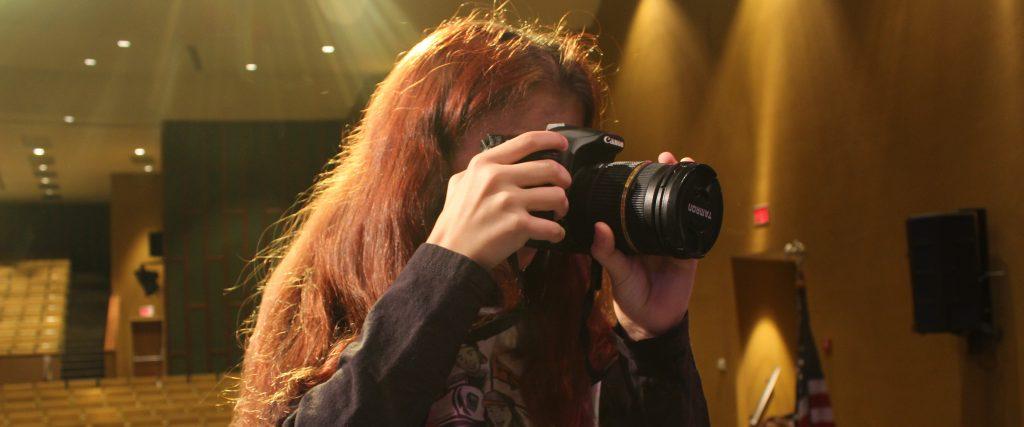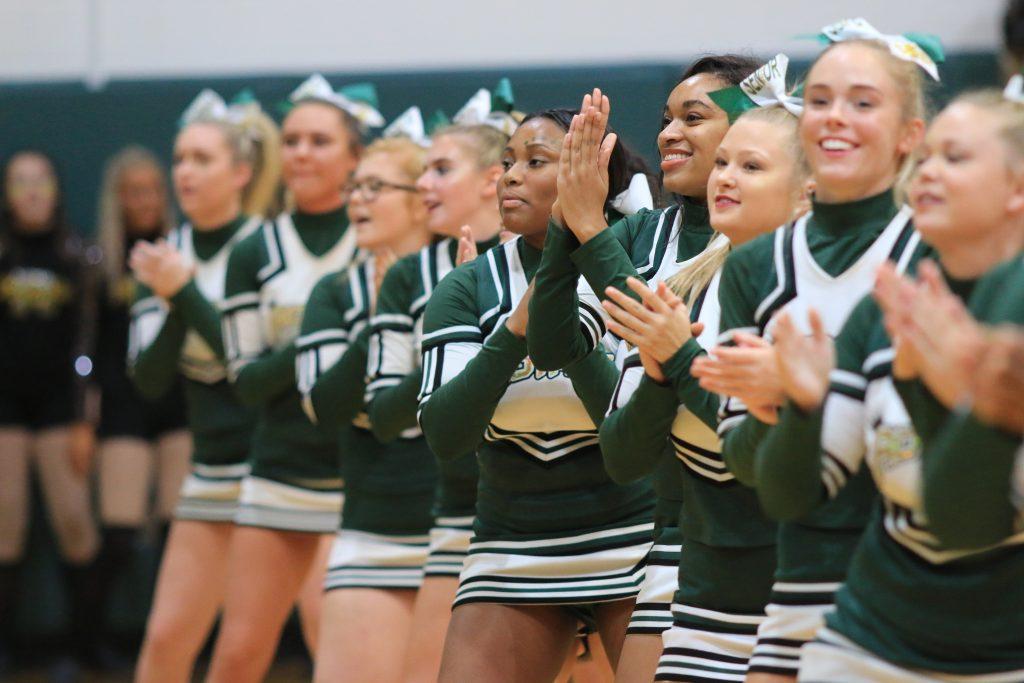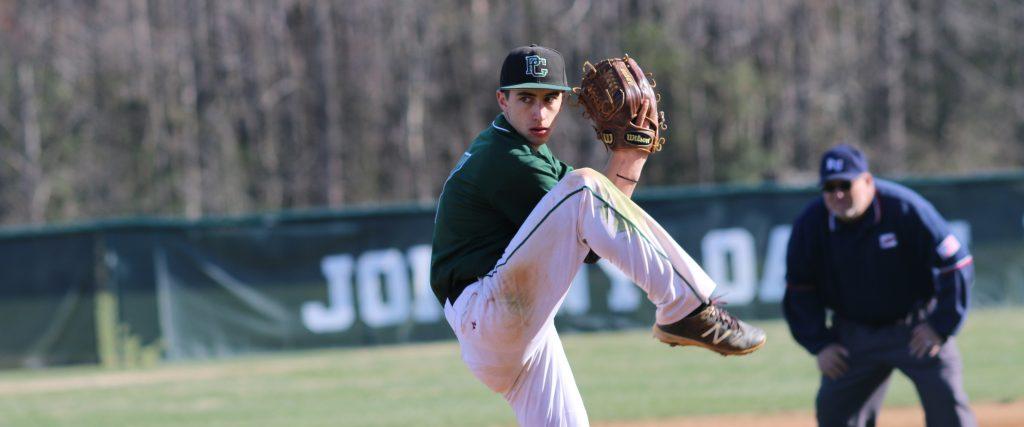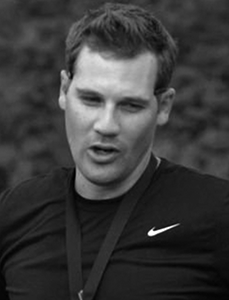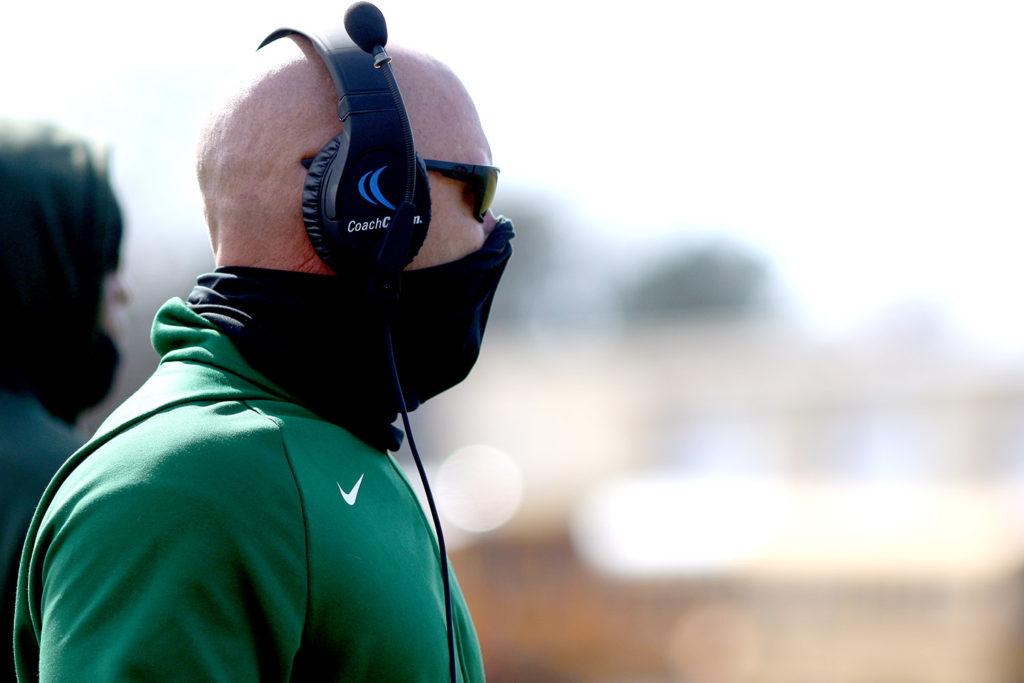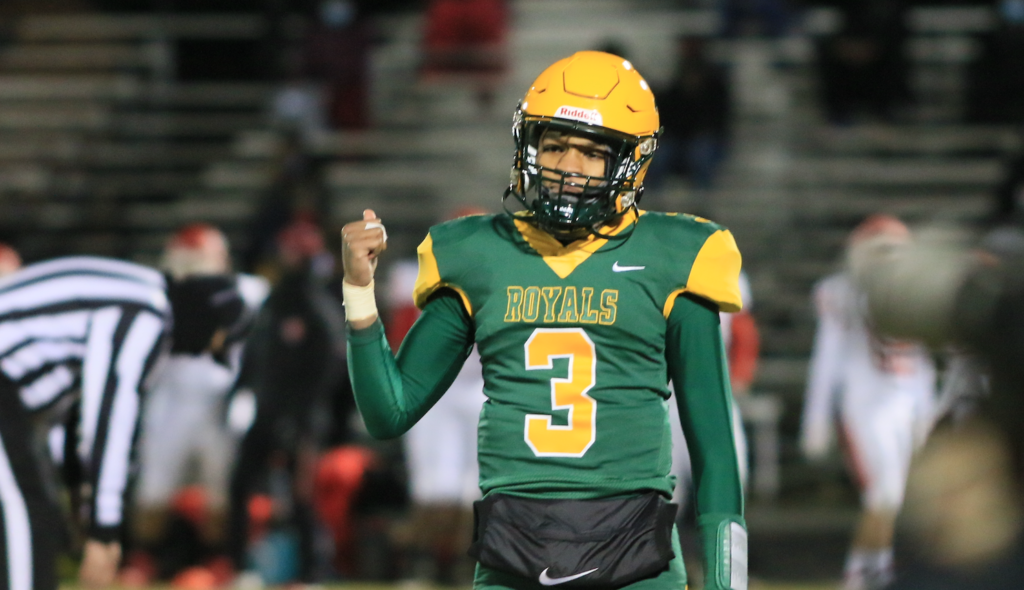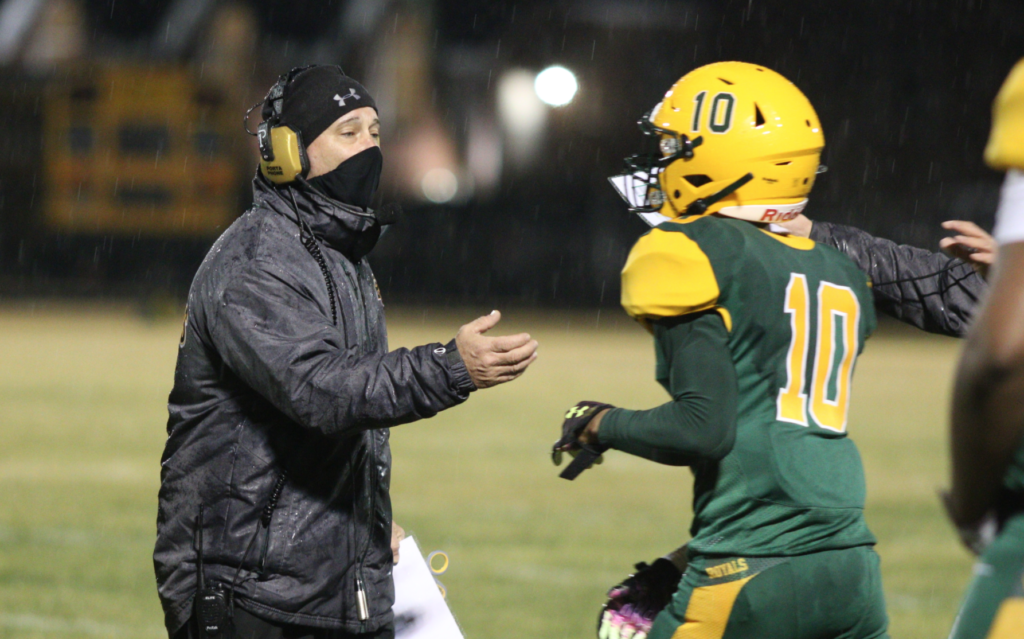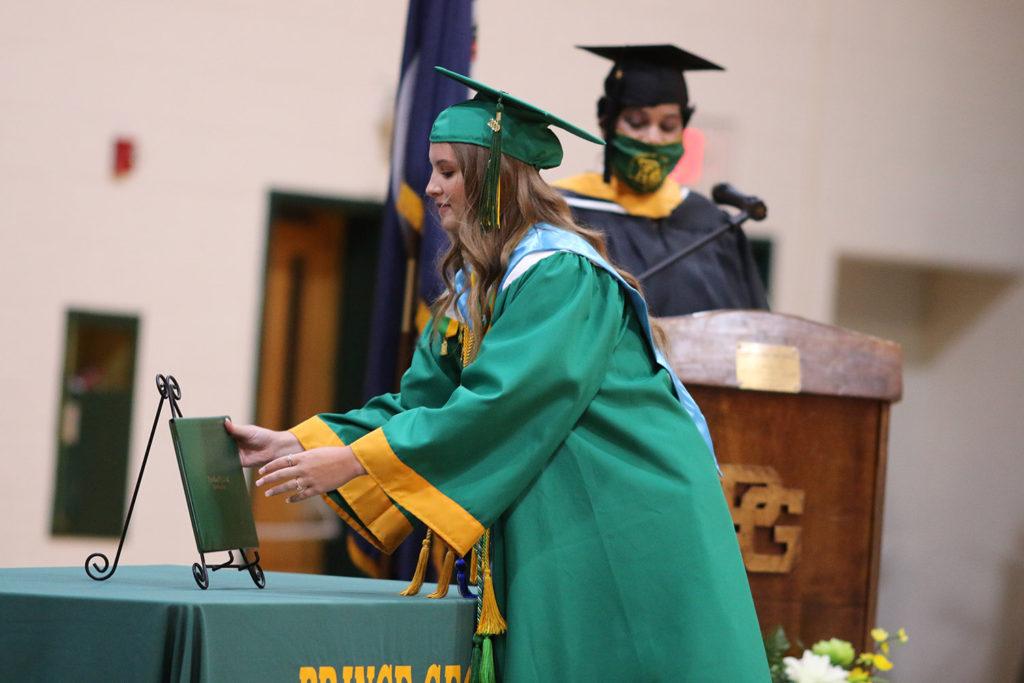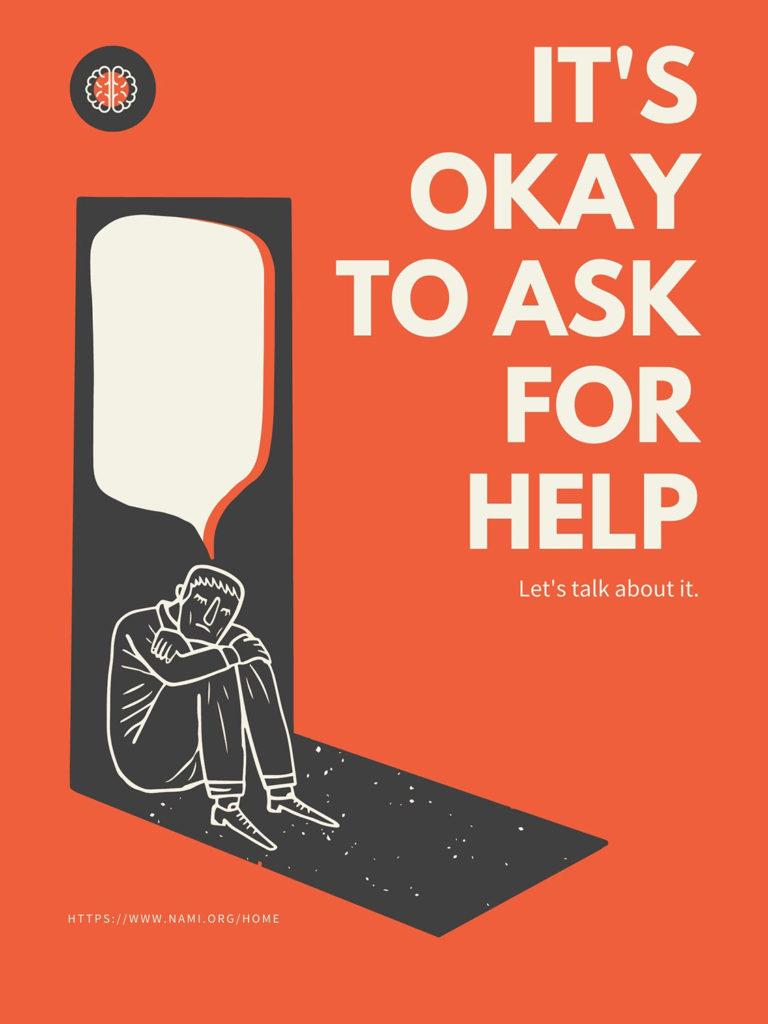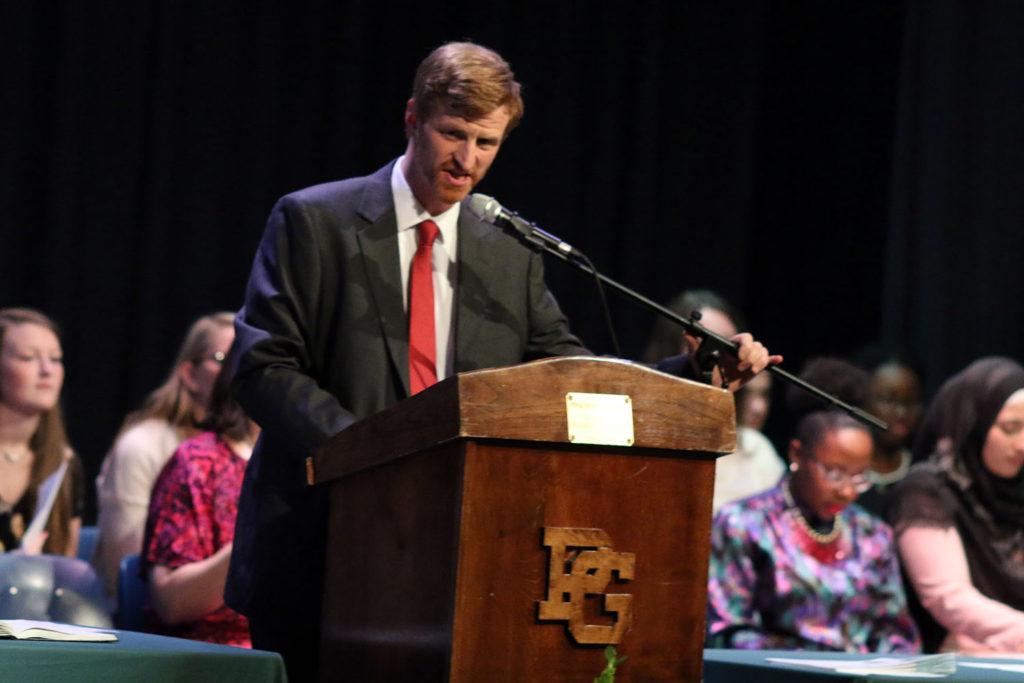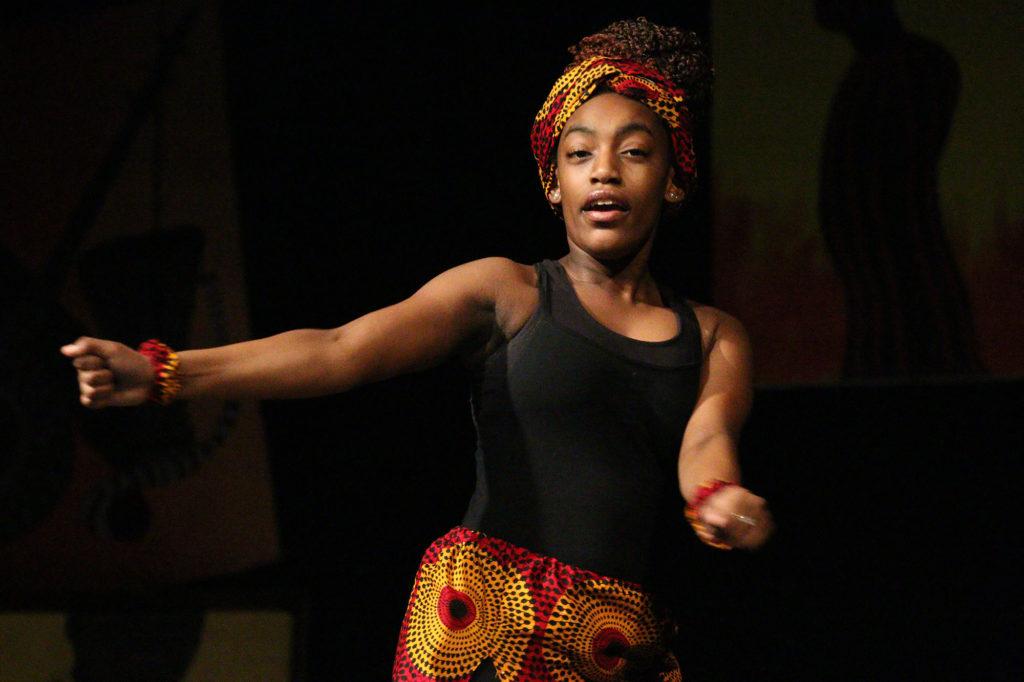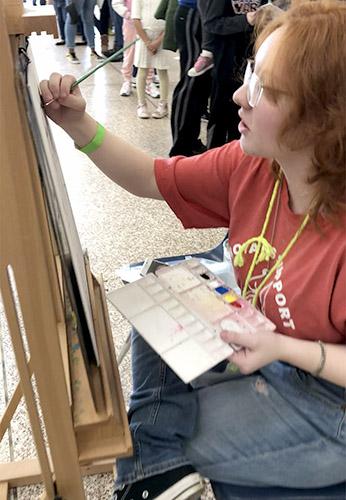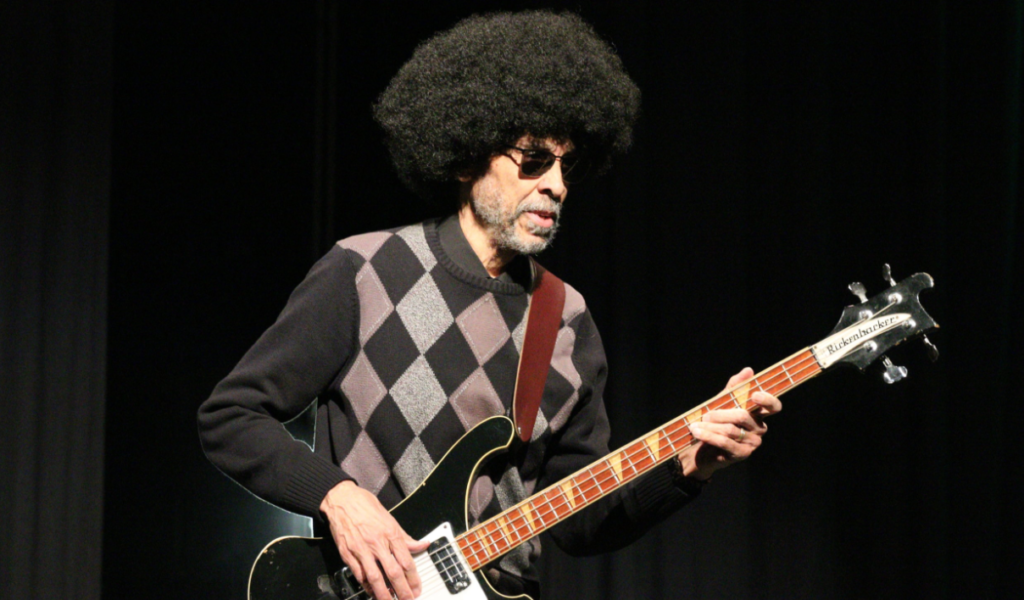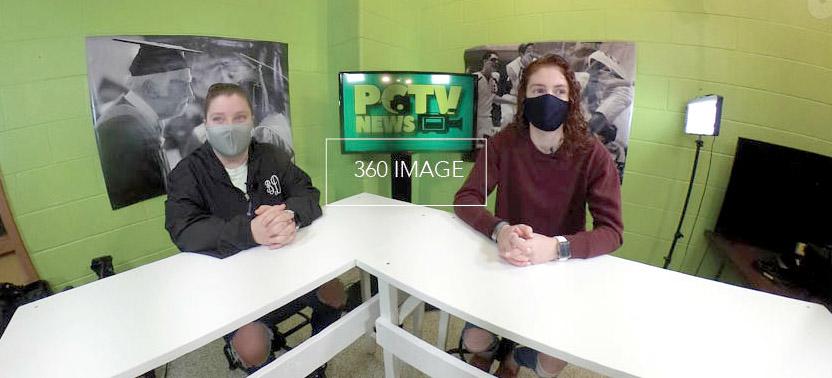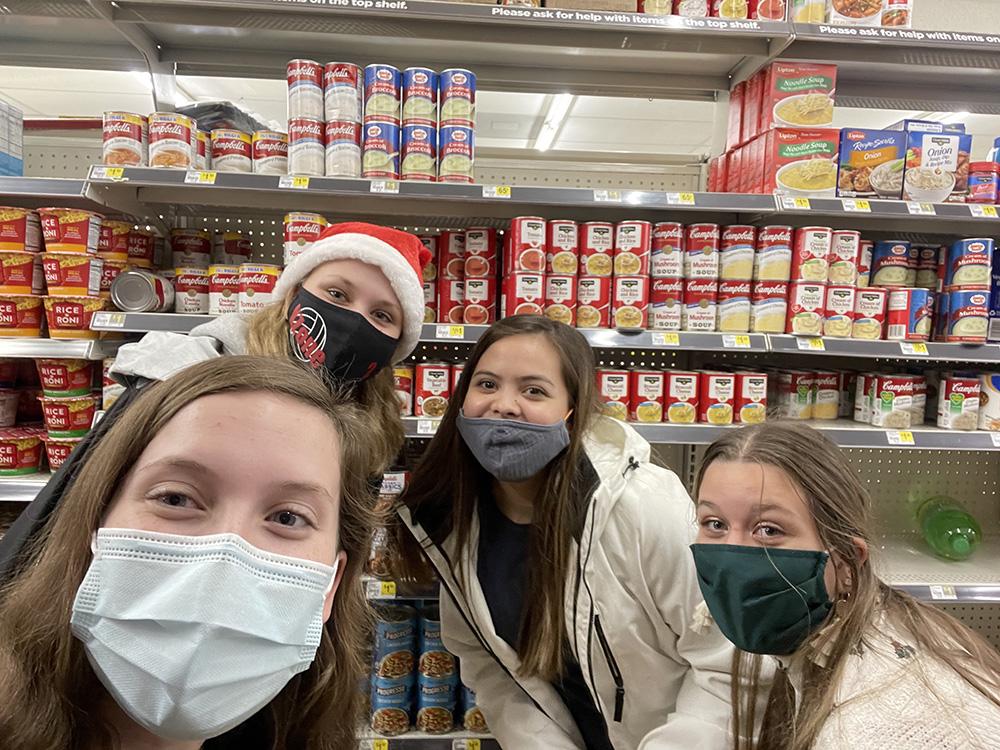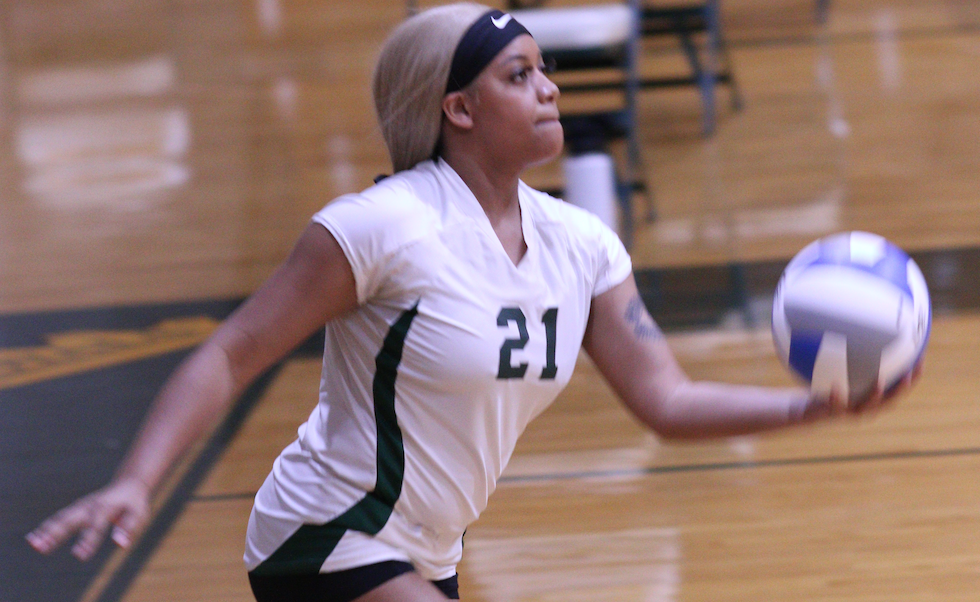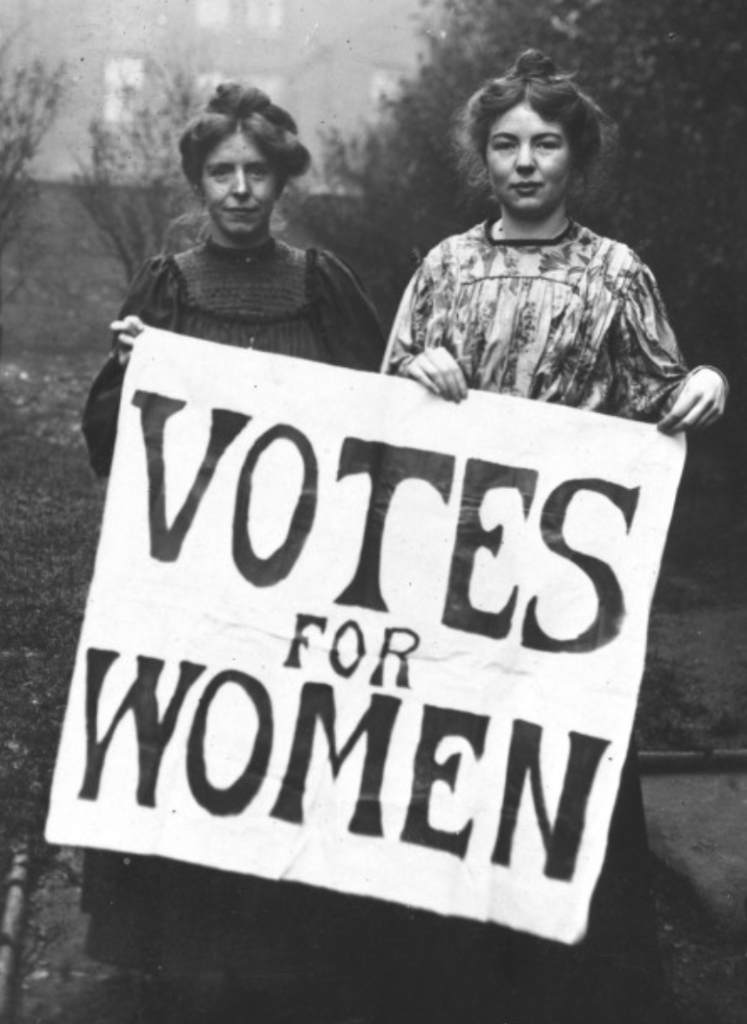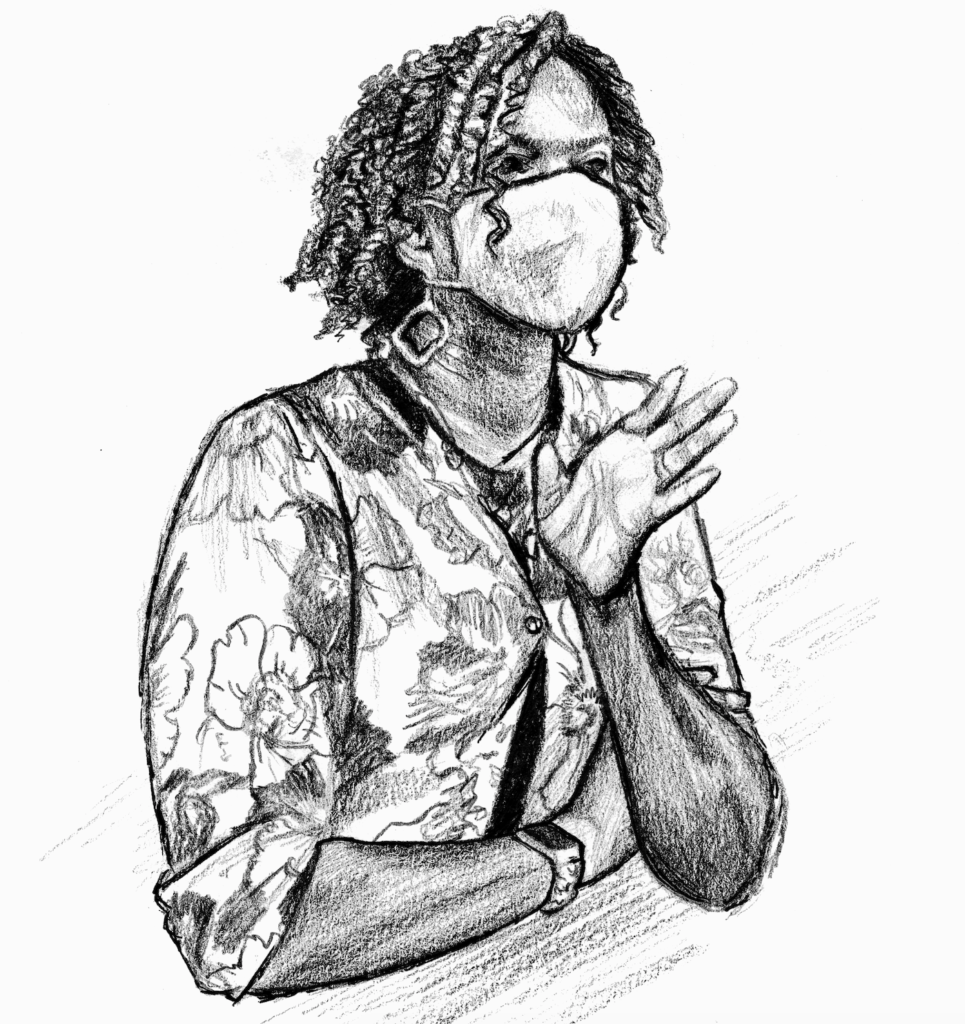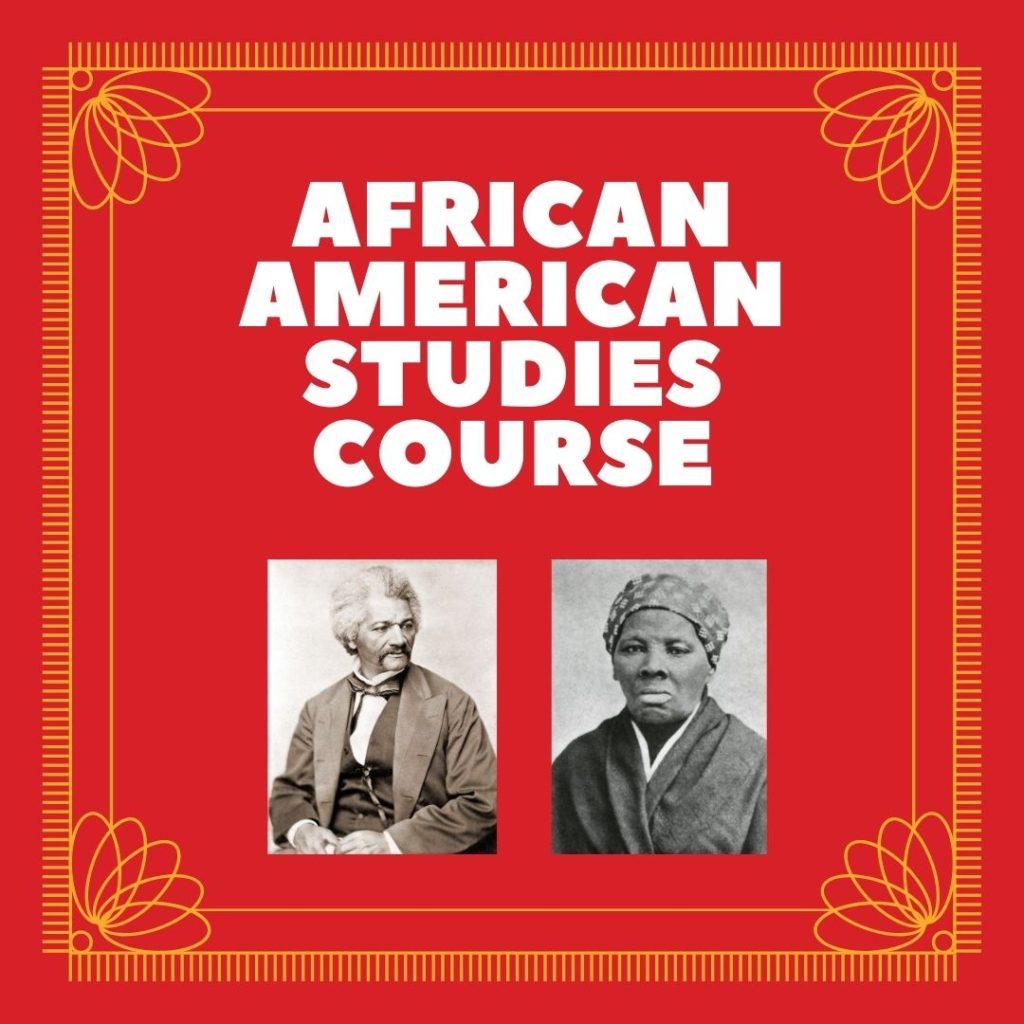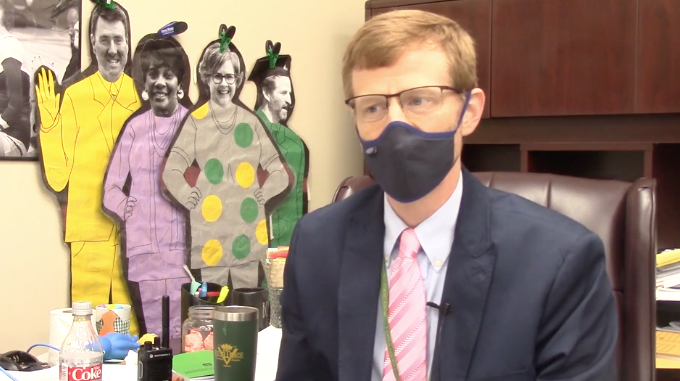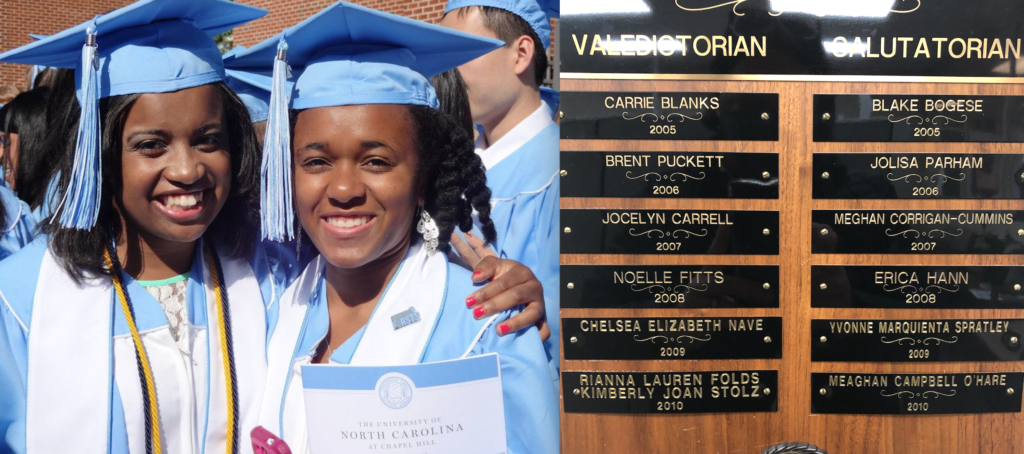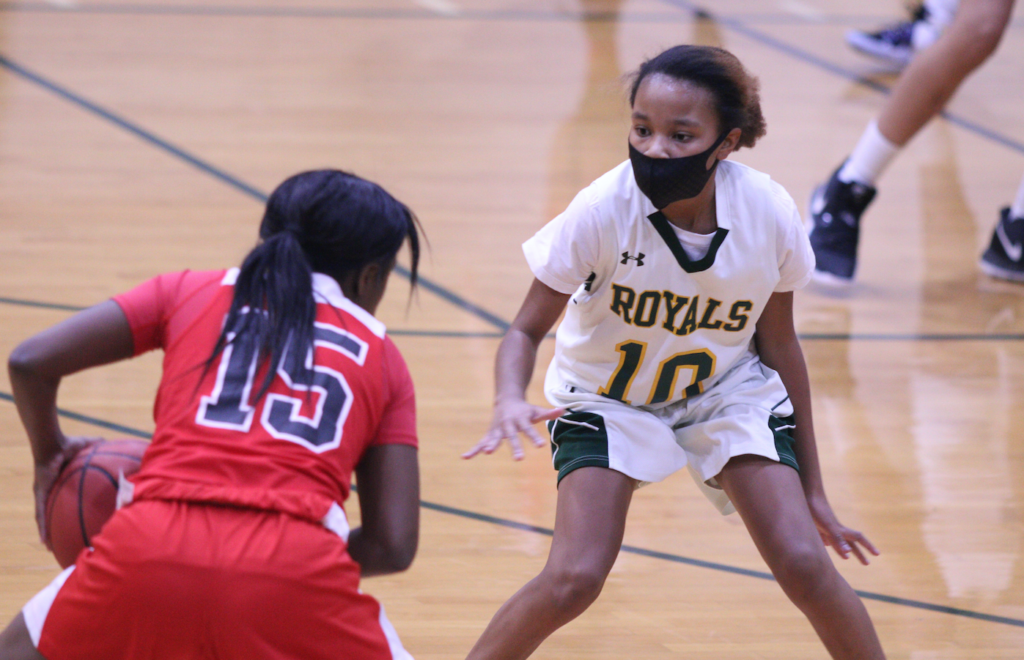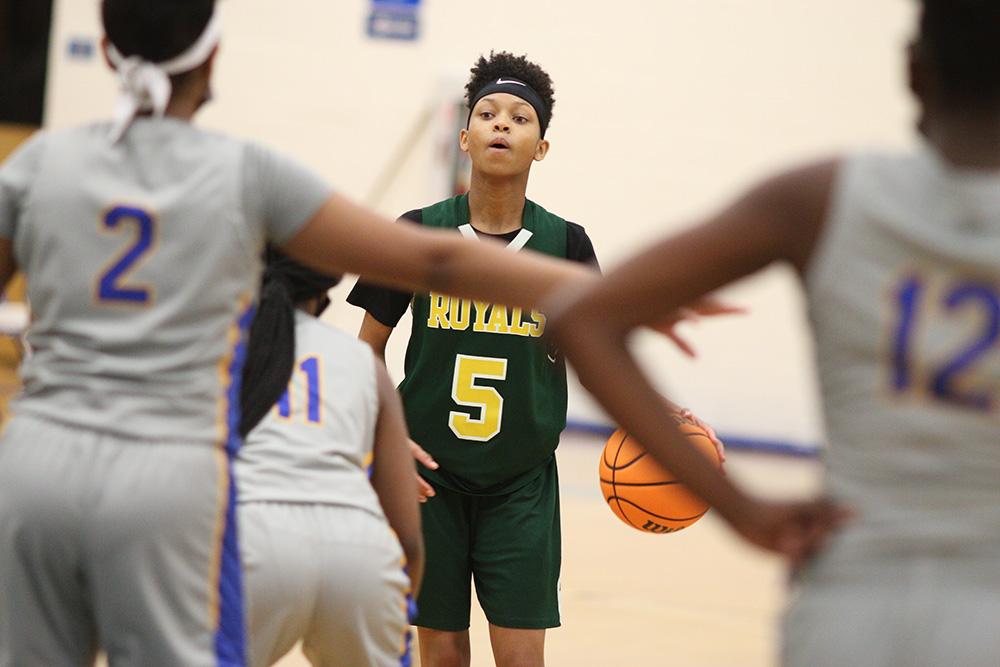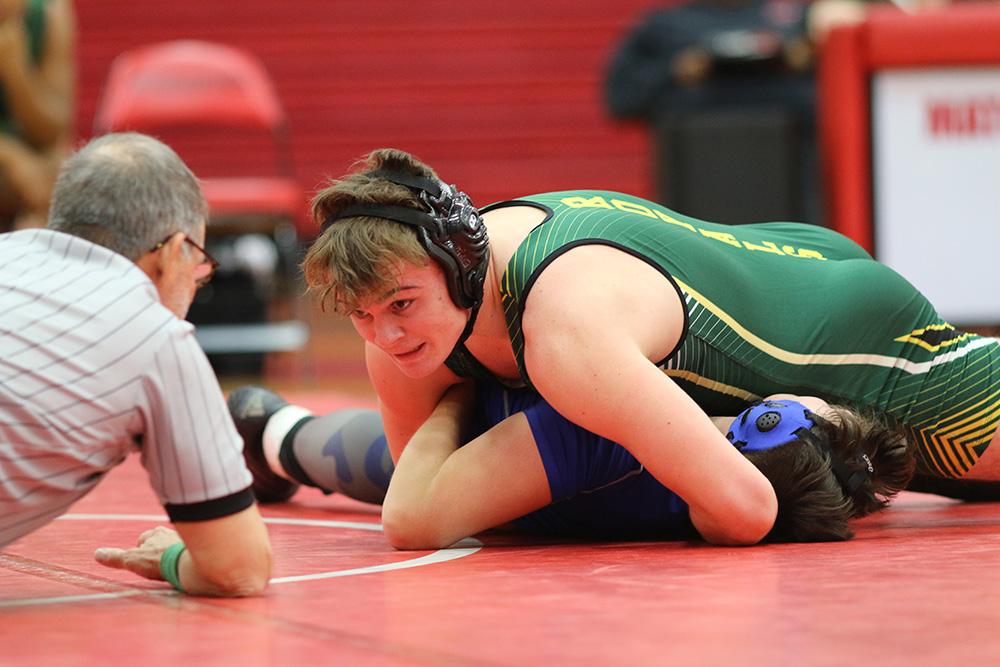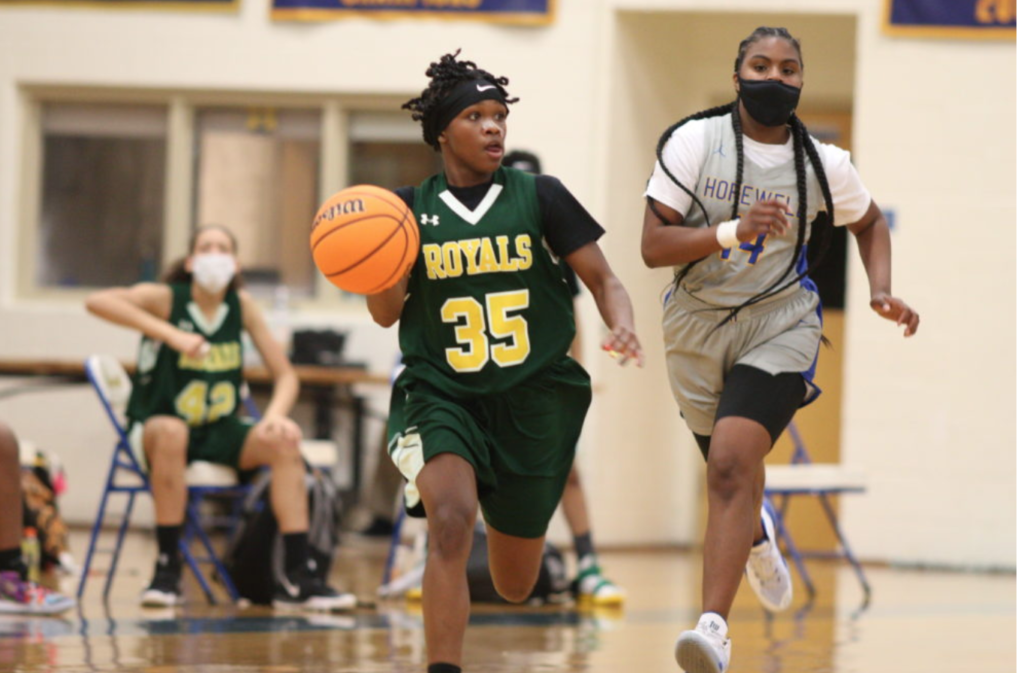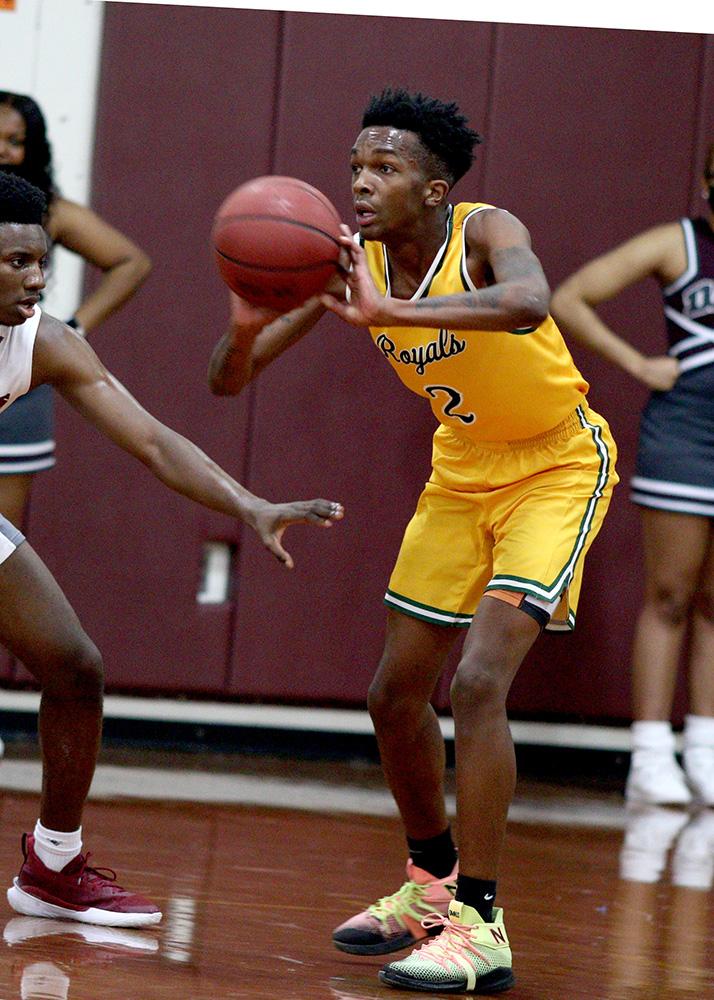By Kelsey Johnston & Makayla Hamlin
With the second semester rapidly approaching, parents and students had to choose between virtual and in-person learning.
During the first semester, 42% of students opted to go in-person but that has since increased tenfold to 52% for the second semester. We decided to interview staff and teachers on how they plan to keep the students safe as well as some of the lessons they learned from the first semester. We also interviewed students about how they feel about the 10% increase.
“I feel like I just learn better in person. I tried doing virtual learning and it just did not end up well, because I have to like be there in order to compute information and stuff,” junior Sallie Martin said.
“I decided because it’s easier to learn, it’s harder in virtual and I get to hang out with friends and talk to them,” junior Dustin Wettstein said. “And also just learn in general, it’s easier.”
“I’m high risk so it’s a little nerve wracking for me, but I might end up going virtual because of it, just because of too many people,” Martin said.
“I feel like that’s fine, if everybody just wears their masks and follows the rules, everything should be fine,” Wettstein said.
“I think it’s you know it’s definitely going to require some work, it’ll look a lot different than it did the first semester,” counselor Philip Jones said. “I have been really pleased with the spacing in the commons for lunch, of course the one way traffic, the sanitization stations that are all around the school. Again the school is going to look a lot different for those kids who are returning in person, but I feel really comfortable that there’s a lot of measures in place that will make people feel safe.”
“Safety is our number one priority at all times,” Principal Mike Nelson said. “So obviously we will follow all of the guidelines from the Virginia Department of Health, the CDC, and local ordinances. And any mandates from the governor such as the wearing of masks or face shields, while indoors. And when some classes require it, there will be 3 feet of distancing between students.
“There will still be the six feet zone to protect the teachers in the front of the room. And we will continue to remind everyone to practice good hygiene habits and, if they are sick, to stay home. And those things that we’ve been doing since the beginning of the year. Some of the challenges that students will have when they go from virtual to in person are first of all, our 10th graders who’ve been all virtual all year- they’ve never been in the building. So they are going to have to learn their way around, so it’s almost like the first day of school all over again. Students that are switching from virtual to in person, they remember the school before it went out in March. And so there’s a lot of things and those that have been in person know that it is very different, the way we were in March of 2020. So it’s an adjustment period, but we are going to help everyone get through it.”
“I prefer to teach synchronously because I can replicate my teaching style better and replicate the teaching experience better,” said Beth Anderson, an English 12 teacher. “I try my best to make it feel like we are all in the class together. If students comment in the chat for example, I’ll read those comments aloud and then respond to them, or I try to make sure that my students online can hear my students comments in the classroom. Because my class is pretty interactive, it’s pretty discussion based, even when I’m lecturing or teaching,I’m asking questions and wanting feedback from students. To try to just put that google classroom for me would be an even extra challenge beyond what we are already doing. Certainly it does make it challenging when you are trying to meet the needs of the students right in front of you and then the needs of students on the screen.
“And that means that at some point if you are trying to address one or the other you’re ignoring, essentially, the other part of the class. Your attention is divided, I mean it’s just by virtue of the fact that you are doing both. But I think that they are going to do well. I love having students in person. I want us all to be safe but, you know, I love having that interaction and I think ultimately those students are going to make that transition well because they are going to feel the benefits of being in-person. The energy is different and the accountability is more helpful, when you are actually in-person. I think that people need to make the decisions that are best for them and their families.”
